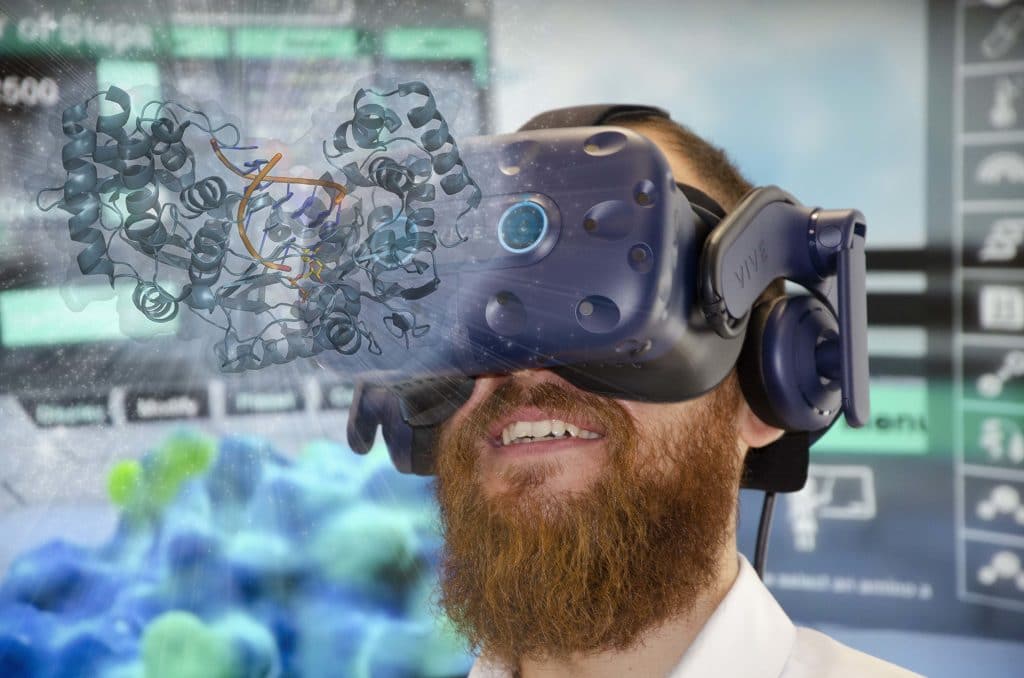
Technical/scientific Challenge
The Exascalte4Cov (EXaSCale smArt pLatform Against paThogEns for COrona Virus, E4C for short) project addresses a globally unmet societal and medical need: is there an infrastructure/operating workflow which might help in quickly identifying existing drugs or novel NCE in case of a pandemic outbreak?
We think that E4C had a high societal importance, under these premises. The project addressed the issues related to public health as well. Virus epidemics are one of the most serious issues of health in the world which need to be transacted. Virus epidemics are one of the most serious health issues in the world which need to be transacted and the growth in the number of infected cases detected and fatality rapidly alarming the world.
Using a solid scientific method was critical for bringing this outbreak under control.
A private-public consortium aimed to develop a realistic and fast operational workflow to tackle this aspect of scientific answer to pandemic cases was certainly of impact. The parallel and integrated effort in structural biology, biochemistry, and cellular biology to identify old drug (repurposing) and novel NCEs with high synthetic feasibility has been coupled, in unprecedented way, to the provided IT technology with the ambition to as quick as possible deliver validated candidate drugs to public health officers (EMA) and operators (hospitals).
The Solution

Exscalate4CoV, using a unique combination of high performance computing power and AI with biological processing, brings together 18 partners and further 15 associated members.
This includes supercomputing centres in Italy, Spain and Germany, large research centres, pharmaceutical companies and biological institutes from across Europe.
The platform has around 120 Petaflops (120 million gigabytes) computing power, allowing research into the behaviors of molecules with the aim of identifying an effective treatment against coronavirus. The project’s chemical library is constantly growing thanks to agreements with newly associated pharmaceutical companies.
The consortium has virtually tested 400 000 molecules using its supercomputers. 7 000 molecules were preselected and further tested “in vitro”. Raloxifene emerged as a promising molecule: according to the project, it is effective in blocking the replication of the virus in cells, and could thus hold up the progression of the disease. Researchers have indicated that its advantages include its high patient tolerability, safety and established toxicological profile.
The consortium is discussing with the European Medicines Agency how to advance to clinical trials to evaluate the new potential use for Raloxifene. If successful, the drug could be quickly made available in high volumes and at low cost.
The benefits
Summarizing, the benefits of E4C was twofold: to identify molecules capable of targeting the new coronavirus (SARS-CoV2) and to develop a tool effective for countering future pandemics. More specifically, E4C aims to:
- Establish a sustainable example for a rapid scientific answer to any future pandemic scenario. The model leverages a rapid and effective High Performance Computing platform for the generation and analysis of 3D models and experimental 3D X-ray structures of protein targets from pandemic pathogens.
- Drive a fast virtual identification of known drugs (repurposing) or proprietary/commercial candidate molecules to be further experimentally characterized.
- Define a workflow scheme for biochemical and cellular screening test to validate the candidate molecules in previous points and assure, through phenotypic and genomic assays;
- Prepare, together with EMA, a development plan for successful candidates for direct “first-in-human” studies or for further testing in animals for bridging studies.
- Identify SARS-CoV-2 genomic regions involved in host adaptation, pathogenicity and mutations.
To find out more, visit EuroCC Italy website and download the full article!
Industrial organisations Involved
HPC CENTERS
- CINECA (Italy)
- ENI (Italy)
- BSC (Spain)
- JSC (Germany)
UNIVERSITIES
- University of Milan
- Politecnico di Milano
- The University of Cagliari
- University of Naples Federico II
INSTITUTES & RESEARCH CENTERS
- Ku Leuven (Belgium)
- Fraunhofer Institute for Molecular Biology and Applied Ecology (Germny)
- Elettra Sincrotrone Trieste (Italy)
- International Institute of Molecular and Cellular Biology (Poland)
- National Institute for Infectious Diseases Lazzaro Spallanzani (Italy)


